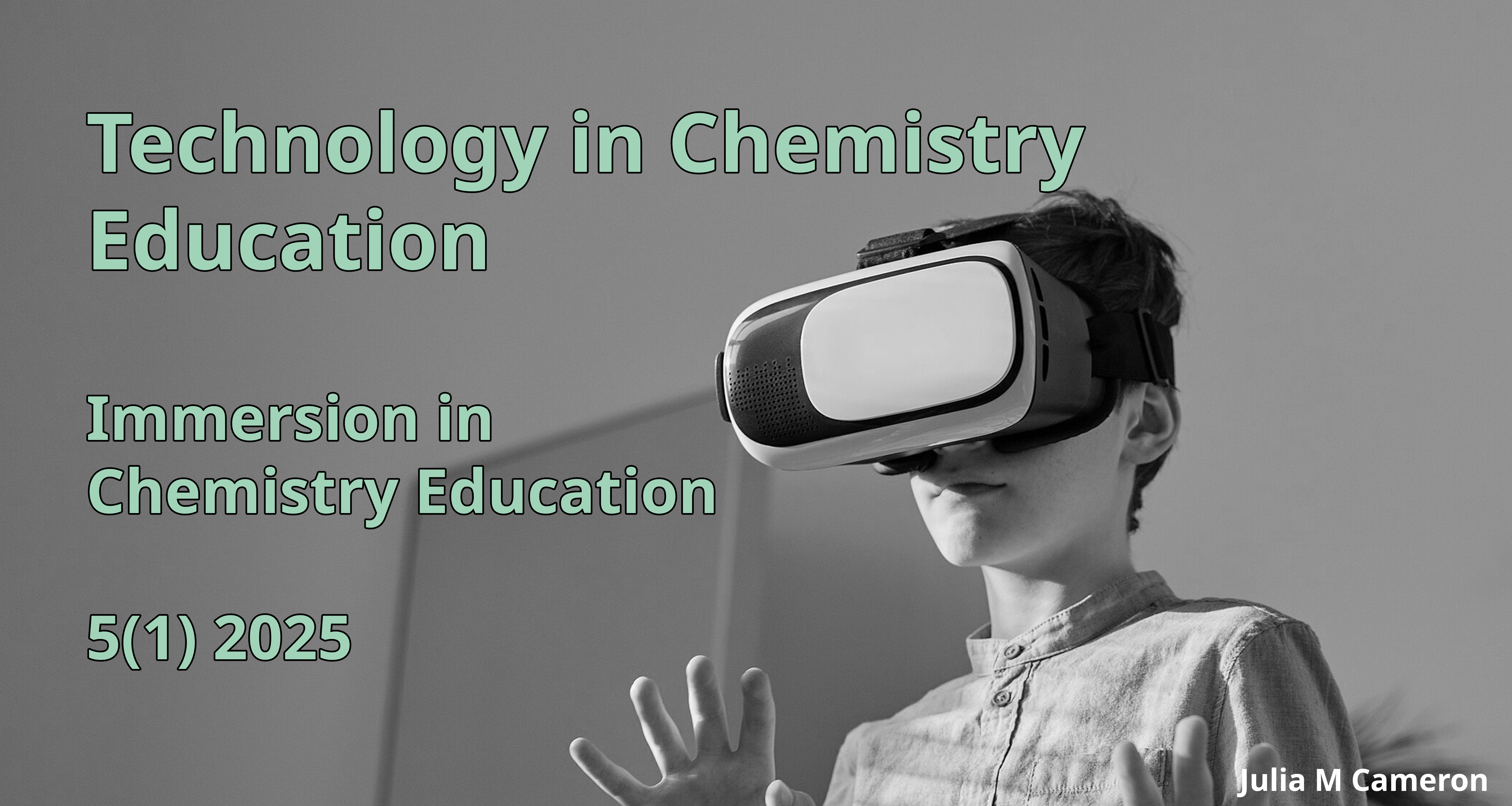Archives
-

Immersion in Chemistry Education
Vol. 5 No. 1 (2025)This issue brings together open access articles and preprints on immersion and immersive technologies.
-

Chatbots in Chemistry Education – Preprints in 2023
Vol. 4 No. 1 (2023)The year 2023 was the year of the AI chatbots. Major companies such as Microsoft, OpenAI, and Google released free AI chat tools that made it possible for everyone to use the technology. This was also noticed in the field of education and in chemistry education research.
The problem is that peer review of scientific publications is extremely slow. Peer review processes take months or even years. Therefore, you should not look for the latest research of this emerging topic from scientific journals, but in preprint services. Preprints are finalized manuscript published to accelerate scientific dissemination. They have not peer reviewed, but peer review is not a guarantee of scientific quality. The reader must be able to assess the quality of the source literature used in their research, be it a preprint or an article published in a scientific journal. To support the need to read latest literature, this issue contains the first studies dealing with artificial intelligence chatbots found on preprint platforms that publish chemistry education research.
-

Educational Cheminformatics
Vol. 3 No. 1 (2022)Cheminformatics is an emerging field of chemistry. There is a great need for educational cheminformatics. This issue brings together articles through which chemistry experts can familiarize themselves with the subject.
-

Applications and Use Cases
Vol. 2 No. 1 (2021)This issue presents various chemistry educational technological applications and their use cases. The collection is constantly updated as technology evolves.
-

Introduction – Models and Theories
Vol. 1 No. 1 (2020)This opening issue introduces chemistry education as a research field and explores the theories and well-known models behind the educational use of technology. These articles can be used in building the rationale or theoretical framework for a research paper.




